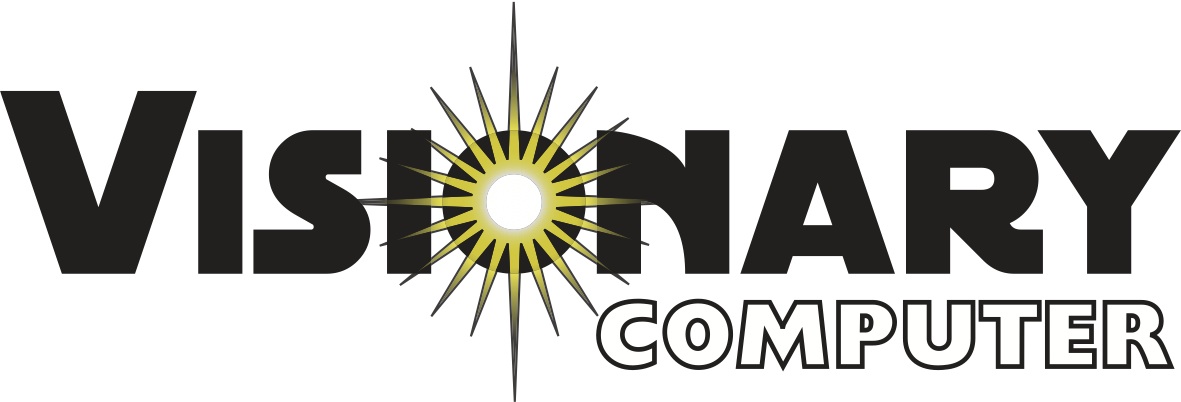Add Speed & Reliability to your old Mac...
/Generally speaking and contrary to popular belief, as computers age, they effectively get slower. They do so because they become eclipsed by more modern and powerful computers. The software updates place increasingly greater demand on the hardware and older computers just feel slower. If you kept the old computer in a vacuum, it wouldn’t get slower, but no one uses their computers like that, we are all tied into the Internet and we are always updating. Those updates are often required for compatibility with web sites and other files so we have no choice but to update. The updates make our older computers run slower. But something somewhat revolutionary has happened which, at long last, can not only make older computers faster but can actually make them faster today than they were way back when they were first born. Best of all, this upgrade's pricing has finally come down to very attainable levels.
Many sites and stores preach RAM as being the low cost item which will instantly make your computer faster. The fact is, RAM won’t make your computer faster at all. RAM only affects performance if your computer is starving for RAM and using copious amounts of virtual memory. It’s very easy to check to see if you are low on RAM but generally 4GB is good for basic users and 8GB is good for all but the most advanced users. So if it’s not RAM, what is the magical new technology which can totally transform an old Mac into a vintage rocket ship? It’s the SSD…
SSD is an acronym for Solid State Drive. The hard drive in most older Macs is much like an old record player. There are several platters (like records) which store your data. There is a read/write head which, like the needle on a record player, reads (or writes) the platter. The whole thing is very mechanical, the platters spin at between 5400-7200 RPM and the little read/write head moves back and forth constantly reading and writing. The more a hard drive is used, the more fragmented it becomes and searching for information or blank space takes longer. Worst of all, because it’s so mechanical it’s also very prone to failure.
SSDs are much like big blocks of memory. There are no moving part; everything is read and written electronically. Initially SSDs were very expensive and very small in capacity. Both of those things have changed. SSDs are still premium priced vs traditional hard drives, but the gap in price is very close now and SSDs come in sizes up to 1TB. A 128GB SSD is now the same cost as a 500GB traditional hard drive. For many users, 128GB of storage is plenty, having more would just go to waste. There is however a huge gap in performance. SSDs typically have up to 500% of the performance of a traditional hard drive. That dramatic difference in speed is why upgrading to an SSD is a change which really wakes up an older computer. Typically we see very small gains in one computer model year to another. The current MacBook Pro is about 9% faster than last year’s model which it replaced - so when you are taking about a 500% increase in speed, it helps to overcome several years of minor gains. Now this improvement is only in the I/O (Input/Output) of the computer, it does not affect the processor or the graphics but most users are more in need of faster I/O than they are in faster processing.
Visionary Computer can facilitate an SSD upgrade in your Mac. We stock all the popular sizes of the industry's best SSDs. Our Apple Certified Technicians handle the installation of the SSD in your Mac and we can also be hired to move all your data from your old hard drive onto your new SSD (be aware that some programs may need to be reinstalled or re-serialized.) Prices start at just $249 for an installed 128GB SSD and data migration is available for just $99 more.



